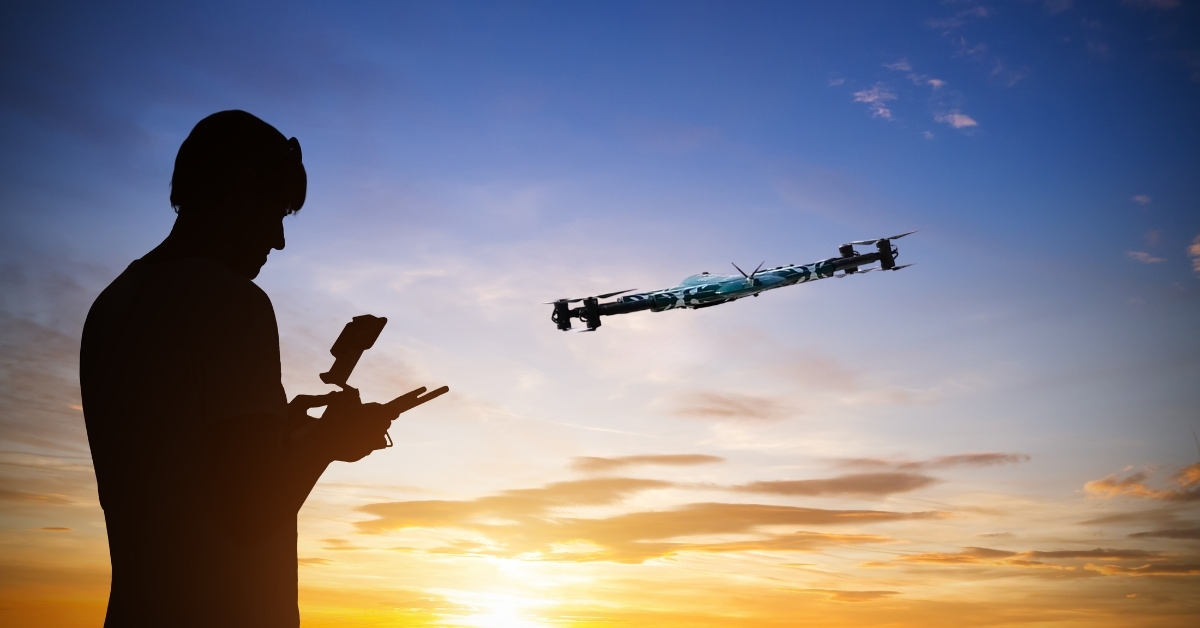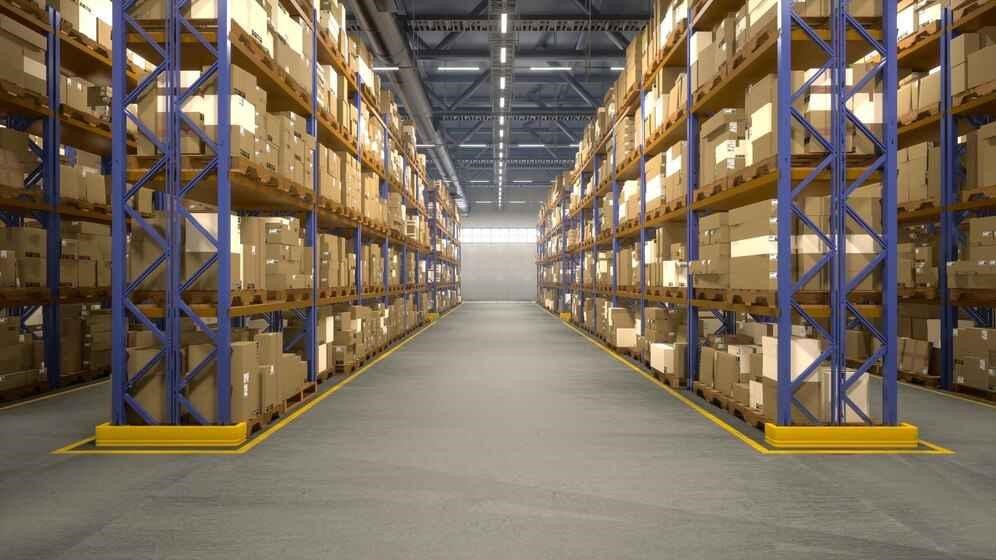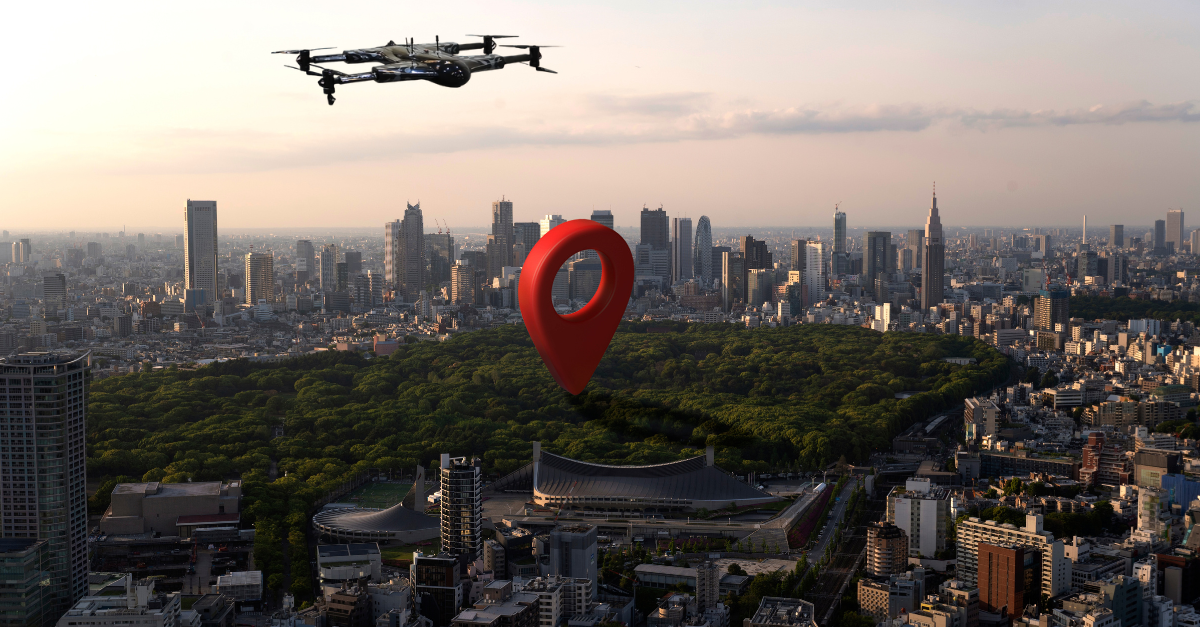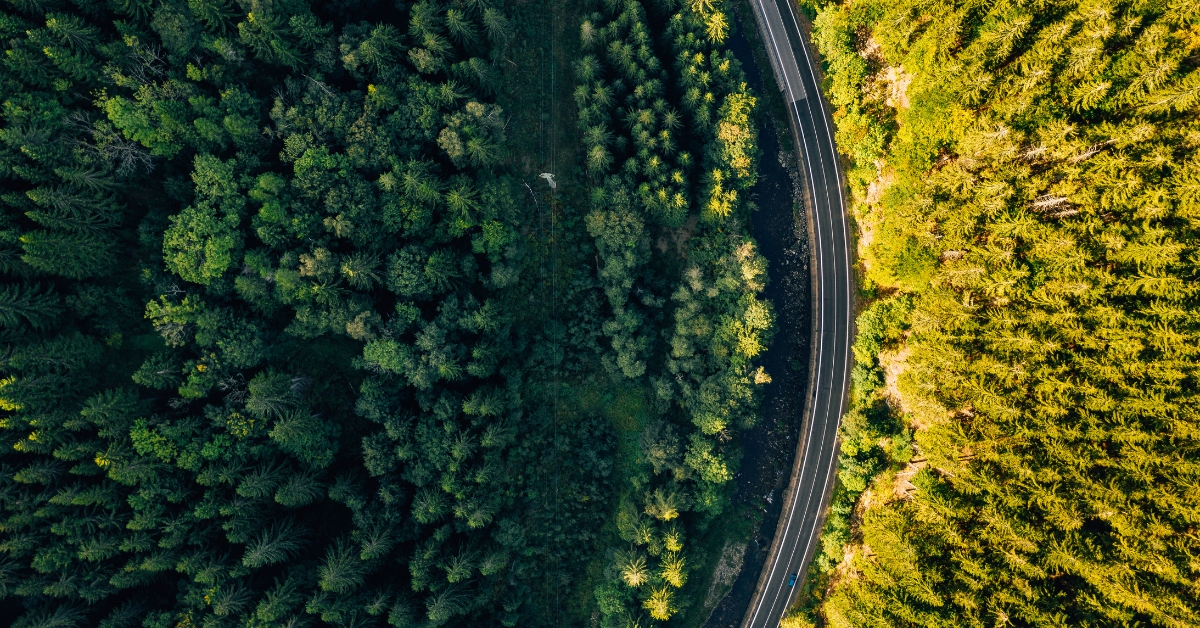Best Drone for Construction: An Advancement in the Construction Industry
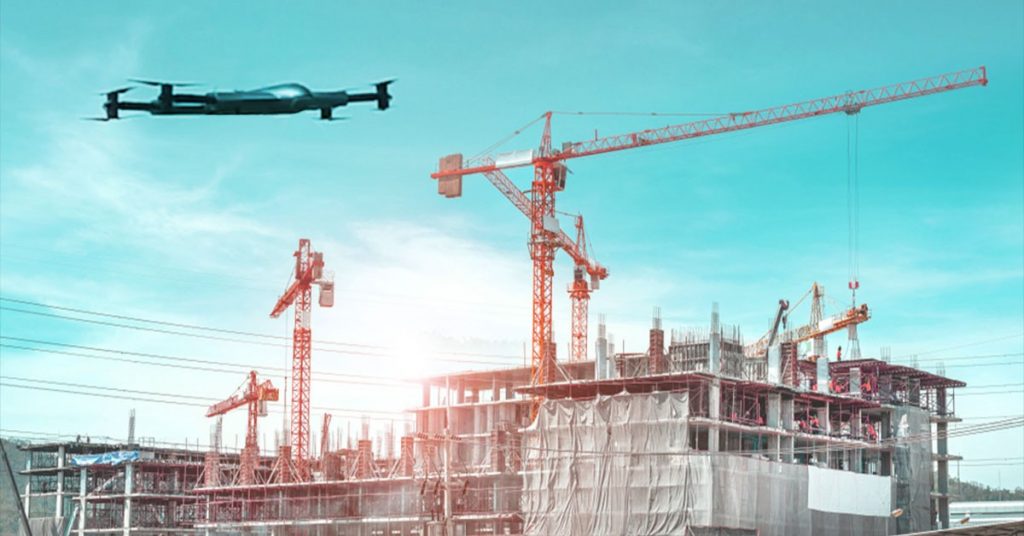
Ever since they have become available for commercial use, unmanned aerial vehicles (UAV) have found their way in every industry, including construction projects. In recent years, drones for construction have become more popular.
Because of this, there are plenty of drone models commercially available. Drone technology allows the construction industry to showcase its projects and streamline and optimize different processes.
Why Drones?
Drones offer advantages for every step of the construction project. They allow users to get a bird’s-eye view of any area and easily monitor large sections. On top of this, drones are customizable for specific sensors or attachments to cater to users’ needs. There are a few general reasons why project managers, architects, and site planners would find an industrial drone essential:
- Fast, on-demand images – Aerial photography and videography are helpful in many industries, including construction.
- Accurate real-time data – Regular site mapping requires accurate real-time data, which drones are perfect for.
- Better documentation – Regular surveys provide more complete data and photo or video documentation, crucial for many industries.
- Improved safety – Monitoring and inspecting areas that are difficult to reach can reduce a worker’s exposure to accidents.
Advancement Drones for Construction
Companies responsible for building and managing large-scale infrastructure projects benefit significantly from a specialized drone. An unmanned aerial vehicle (UAV) streamlines and automates many otherwise time-consuming processes. Here’s how architects and planners use drones for various kinds of construction projects:
Site Progress Monitoring
During construction, site managers need to validate the current progress of each stage before proceeding to the next one. Drones allow users to collect visual data faster and carry surveys more regularly.
Managers and surveyors also need not physically travel or rely on workers on the site for updates. Thanks to cloud-based platforms, drones allow you to capture, share, and send pictures with site managers.
Data Availability and Processing
A complete 360-degree view provides a significant amount of detail to provide valuable insight into the construction. In addition to this, best drone for construction also offer different ways of 3D-mapping worksites:
- Photos/mosaics – Images are corrected for distortion and processed to create a highly-accurate mosaic.
- Point clouds – Densified point clouds can be generated containing three-dimensional and color information.
- Digital surface and terrain models include 2D data and the altitude of a position’s highest point.
- Raw images offer a tremendous amount of detail for asset inspection.
What Contractors Need to Know About Drone Regulations?
As commercial drones grow more widespread for different purposes, there will naturally be regulations on drone use. While drones offer multiple advantages during every stage of the construction project, there are a few things contractors should know:
Drones may Need to be Flown at a Certain Height to Comply with Regulations
Depending on your location, operators using drones for commercial purposes may need to fly it at a certain height. Local laws can specify airspace restrictions and allocate airspace control below a certain altitude.
Pilots Need to Operate Drones within the Visual Line
Operators flying drones in the construction industry may only fly them within their visual line. Depending on job sites and locations, these regulations may be applicable. Keep in mind that many of these regulations are in place to protect safety and privacy.
Specific State Regulations Restrict Drone Use
Local authorities may also regulate the takeoff and landing of drones. Despite today’s drones being relatively cheaper and simple to use, local authorities may still require permits for commercial drone flights.
How ZenaDrone Benefits Construction and Other Industries?
Aside from construction drone inspection and monitoring, feature incorporation makes the UAV meet various needs. These needs can vary from simple tracking to quick repairs depending on the commercial purpose. ZenaDrone’s technical components and distinguishable features allow for plenty of uses in various industries:
- Agriculture – Farms can be challenging to manage since their size makes it difficult to spray, seed, and monitor plant health.
- Environmental conservation – Surveying large areas or entire ecosystems and bodies of water can be exhausting or dangerous when done on foot.
- Energy sector – Streamlining regular maintenance of solar, biomass, and thermal power plants with drones’ help.
- Emergency services require immediate actions due to their time-sensitive nature, and drones provide the data needed to make decisions quickly.
- Livestock management – ZenaDrone 1000 is the perfect tool for livestock, thanks to its built-in movement and thermal detection features.
- Weather prediction – Predicting storm patterns and hourly wind information is helpful, and industrial drones can improve short- and long-term forecasts.
Explore:
Future of Drone Technology for Industries
The Takeaway
Drone use in many sectors is growing faster, and they will only become more popular on a larger scale. They have many applications useful in different industries, especially the construction industry.
The ZenaDrone 1000 is one such drone. Aside from high-definition cameras and multispectral sensors, they also have other features that make them indispensable and versatile.
On top of their existing features, customizations can make the ZenaDrone 1000 truly flexible compared to other business drones. You may also attach voltage measuring equipment and robotic arms for special projects. To know more about best drone for construction ZenaDrone’s full capabilities, visit zenadrone.com and schedule a demo today!






